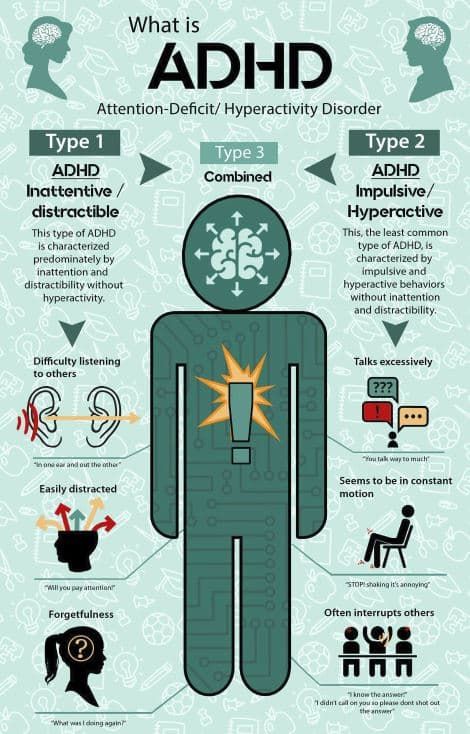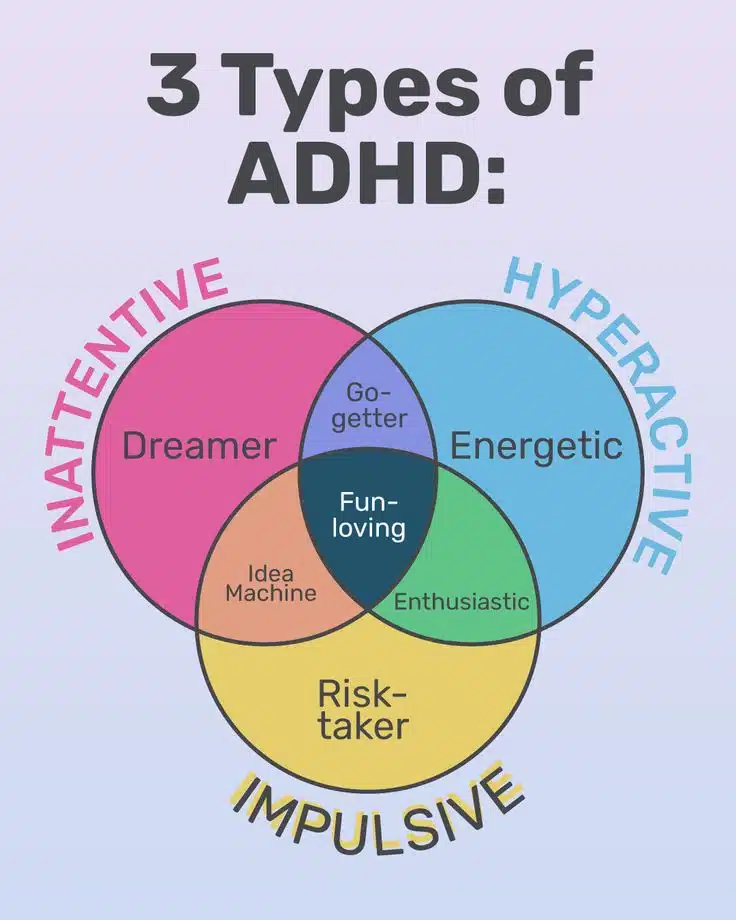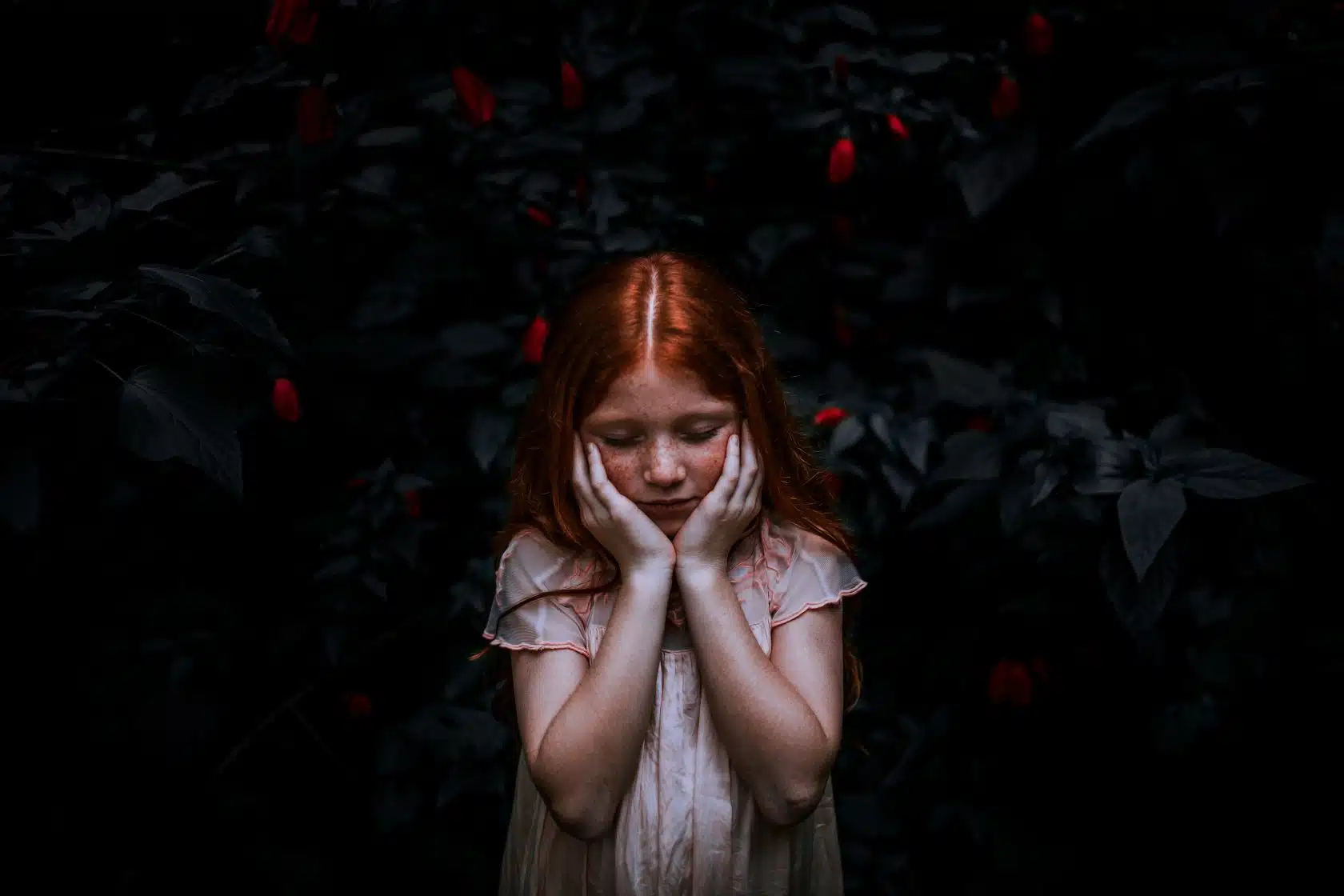Meet Charlie, a 10-year-old with ADHD who’s been on a journey to find the proper ADHD treatment for his needs. Here’s a glimpse of how ADHD treatment plays out in his life:
| Diagnosis: |
Charlie’s parents noticed his struggles with focus and impulsivity at school and home. After consulting with a pediatrician and a child psychologist, he was diagnosed with ADHD. |
| Consultation with Specialists: |
Charlie’s parents met with a team of healthcare professionals, including a child psychiatrist and a behavioral therapist, to discuss the best approach for managing his ADHD. |
| Personalized Treatment Plan: |
Together, they developed a personalized treatment plan for Charlie. This plan included behavioral therapy sessions to improve his organizational skills and self-control, as well as considering medication options if needed. |
| Monitoring Progress: |
Charlie’s progress was regularly monitored by his treatment team. Adjustments were made to ensure the most effective and tailored approach to his treatment. |
| Lifestyle Adjustments: |
Charlie’s family made lifestyle adjustments to support his treatment. They established a structured daily routine and provided a quiet, distraction-free study environment. |
| School Support: |
Charlie’s school collaborated with his treatment team to implement classroom accommodations, such as preferential seating and additional assignment time. |
| Positive Outcomes: |
Over time, Charlie showed improvement in his ability to focus, control impulses, and complete tasks. His parents were delighted to see him gaining confidence and excelling in school and extracurricular activities. |
Charlie’s journey illustrates how ADHD treatment can be dynamic and individualized, empowering children to thrive and reach their full potential. Remember, every child is unique, and the path to success may vary, but with the right support, progress is achievable.














